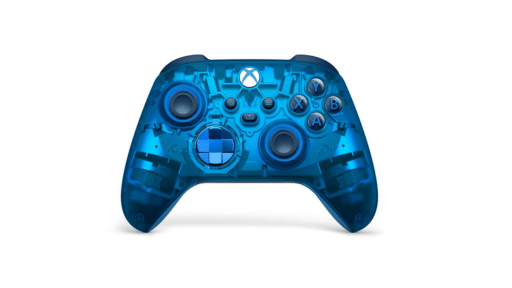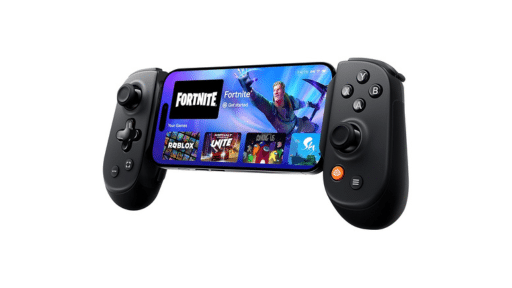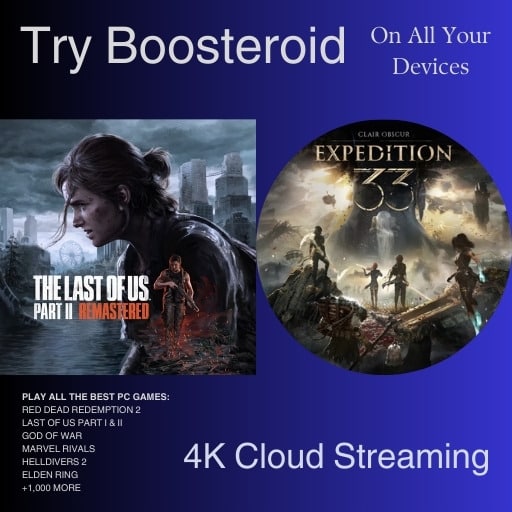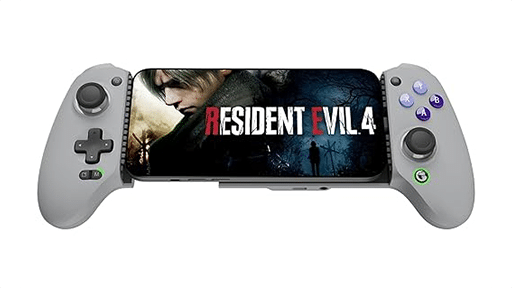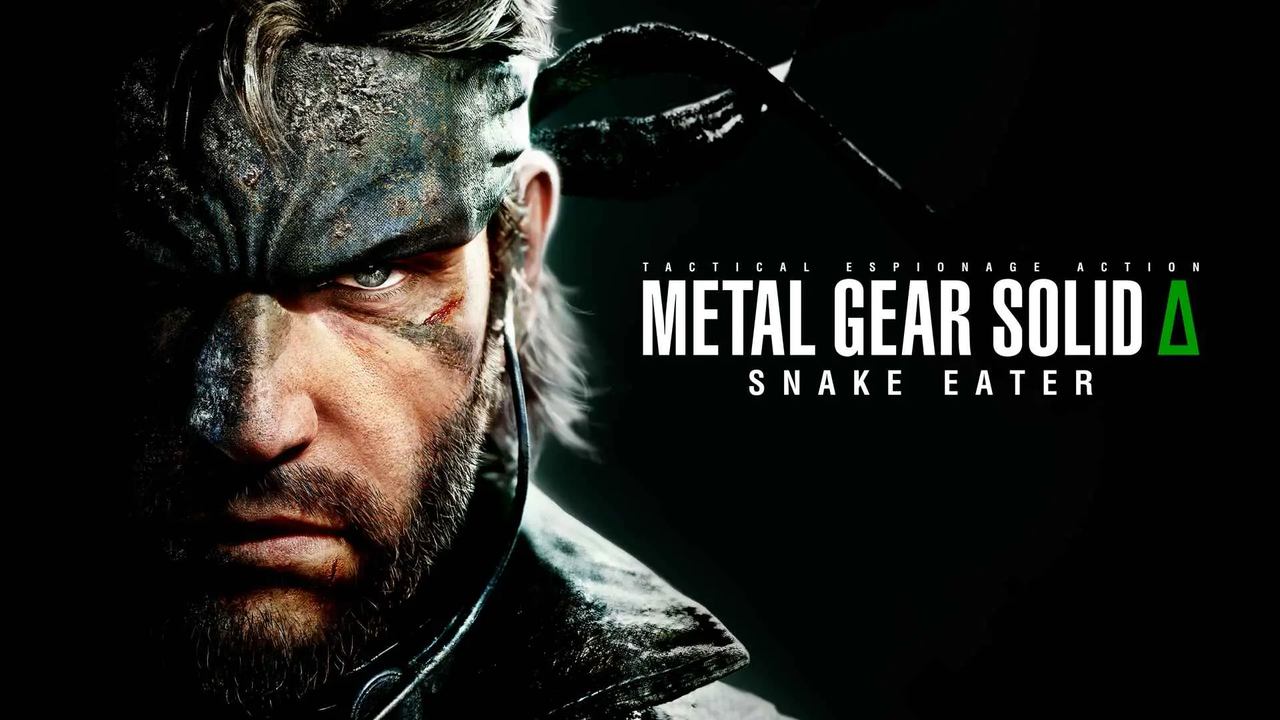
Metal Gear Solid Delta: Snake Eater returns as a modern remake of a classic stealth game. The original hit PlayStation 2 in 2004 and quickly became known for its Cold War setting, survival gameplay, and a cast of memorable characters. Konami rebuilt the game in Unreal Engine 5, twenty years after the PS2 release. They didn’t change the story. Instead, it looks sharper, runs smoother, and has new control options.
Remakes are common these days, but Snake Eater isn’t just another one. Back in 2004, its mix of stealth, survival, and tactical combat set it apart. With Delta, the real question is whether it can stay faithful to the original while still feeling good to play now.
Betrayal in the Jungle
The story takes you back to 1964, long before the later games in the series. You play as Naked Snake on a mission in Soviet territory. It starts out as a rescue, but things get personal fast. At the centre is his clash with The Boss, his mentor turned enemy, and it’s still one of the most iconic battles in gaming.
What keeps this story interesting is how it mixes Cold War espionage with deeply human struggles. Loyalty, sacrifice, and betrayal remain central, and even twenty years later those ideas carry the same weight. Some lighter scenes, like Snake’s interactions with Eva, feel dated, but the broader themes still connect. Hearing the original voice cast again keeps that impact intact. David Hayter’s performance as Snake hits as strongly as ever, keeping the remake’s story just as powerful.
Revisiting the story reminded me of when I first played it on PlayStation 2. The mission pulled me in from the beginning, but the ending left the biggest mark. Facing The Boss didn’t feel like winning. It felt heavy, like carrying the cost of loyalty. Experiencing that again in Delta showed me exactly why this game remains a cornerstone of the series.
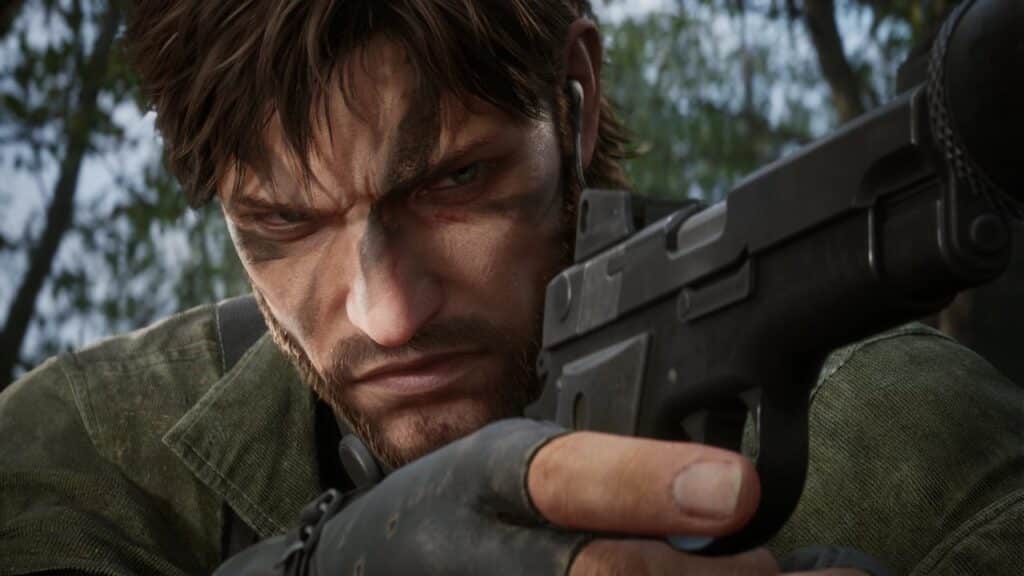
Stealth That Still Requires Patience
The gameplay in Metal Gear Solid Delta: Snake Eater sticks close to the original. The difference comes from a few tweaks that make it easier to play. You can use Legacy mode with the old top-down camera, or switch to a modern third-person view. I liked having the choice. It’s smoother, but you can still get that PS2 feel if you want.
Stealth is still the heart of it. Camouflage swaps are quicker now with a shortcut, so you’re not stuck in menus all the time. Crouch-walking also helps, letting you sneak through tight spaces without standing out.
Combat feels slower and makes you plan every move. The over-the-shoulder aiming makes gunfights more manageable, and it helps a lot during boss battles. Each Cobra Unit fight pushes you to play differently. The End’s sniper duel plays like a drawn-out chess match, while The Fury’s flamethrower battle fills every step with danger.
One moment that stood out for me happened in a swamp filled with guards. I kept switching camouflage, crouched through the grass, and used a silenced shot to draw one enemy away before slipping past the rest. It was the kind of scene that reminded me why stealth in this series always feels so rewarding when you stay patient.
Some parts of the gameplay show their age, but the tweaks cut down on frustration.

A Fresh Look at a Classic
The biggest change in Metal Gear Solid Delta: Snake Eater comes from how it looks and sounds. Running on Unreal Engine 5, the remake gives the jungle more detail than ever before. Character models are sharper, the foliage feels dense, and the lighting adds atmosphere that the PlayStation 2 couldn’t deliver.
Not every update works perfectly. Because the animations were kept from the original, some cutscenes look stiff against the modern visuals. Mouth movements during dialogue can feel a little off, and at times the higher fidelity actually makes old quirks more noticeable.
Performance isn’t perfect. On PlayStation 5 I ran into frame drops during busy fights and a few stutters here and there. It never ruined the game, but you can tell it could use a patch or two.
The audio holds up just as well. The original voice recordings return, and they still carry weight. Hearing David Hayter as Snake pulled me right back in, and with the updated visuals it just felt right. The music still sticks too, with themes that hit as hard now as they did years ago.
One moment that hit me hard again was the first meeting with The Boss. Seeing her in the new engine gave me chills, even though I already knew what was coming. That scene proved how well the remake can enhance moments that already carried so much power.
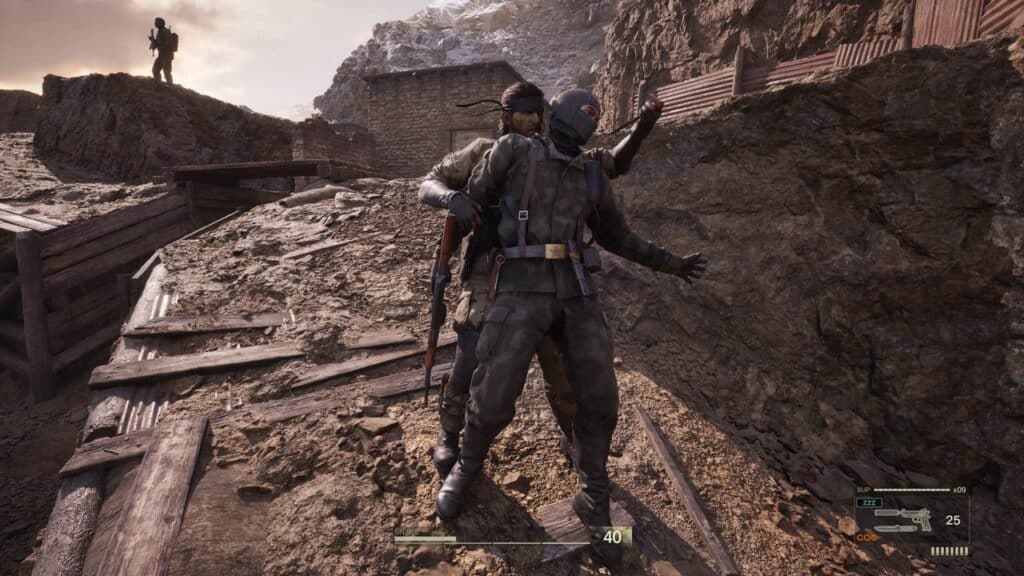
Reasons to Keep Coming Back
Metal Gear Solid Delta: Snake Eater doesn’t end once the credits roll. The game includes collectibles and bonus content that give you reasons to return. Hidden Kerotan frogs and GA-KO ducks are scattered across the environments, encouraging you to explore every corner if you want to track them all down.
Classic extras make a comeback as well. On PlayStation, the Snake vs Monkey missions return as a fun diversion, while Xbox players get a Bomberman crossover instead. These side activities don’t last long, but they’re a nice break from the slower pace of stealth.
You also get Guy Savage, a short but strange mode that feels completely different from the main game. It leans more toward action than stealth and gives you a quick change of pace if you want something outside the usual Metal Gear formula.
Replay value also comes from difficulty settings. Beating the game on harder settings unlocks rewards, so there’s a reason to jump back in. The remake also has a collection menu that tracks your stats and items, which makes it simple to see what you missed in past runs.
The main campaign is still the focus, but the extras give you more to do after the credits roll. They won’t replace the story, but they’re enough to make another playthrough worth it.
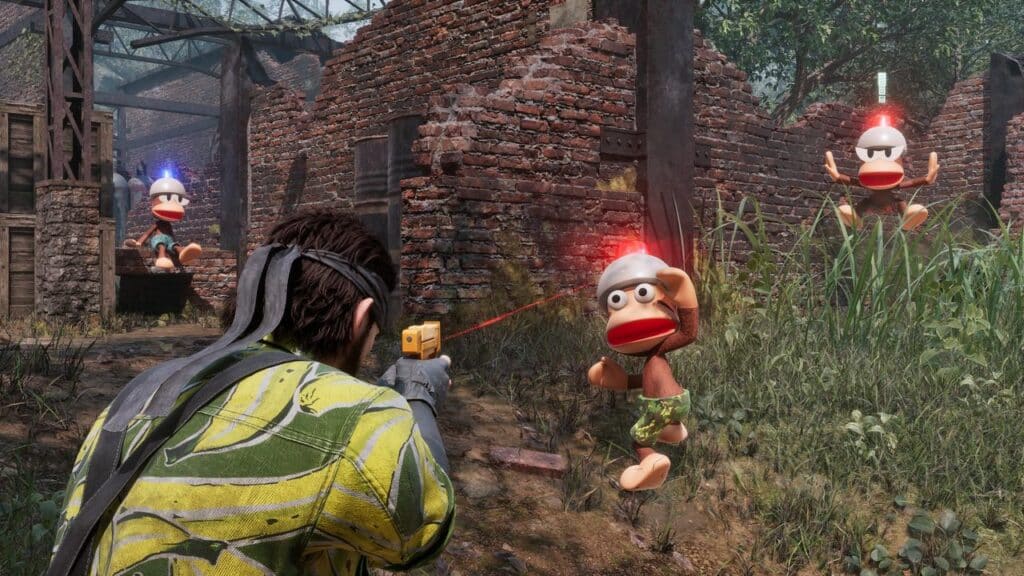
Metal Gear Solid Delta Snake Eater Brings Back What Made the Original Hit Hard
Metal Gear Solid Delta: Snake Eater works because it sticks to what made the original special. It doesn’t try to change everything. Instead, it sharpens the visuals, updates the gameplay controls, and keeps the story intact. That focus on faithfulness makes the remake feel more like preservation than reinvention. And, honestly, that works.
The gameplay still delivers the careful stealth that set the series apart. With the extra control options, you can choose whether to play in a modern style or relive the original setup. Boss fights are still some of the most creative in the genre. And, they hold up surprisingly well today.
Snake Eater’s presentation is a bit of a mixed bag, with gorgeous jungle detail on one hand and stiff animations on the other. Performance drops also show up, but the audio stays rock solid. The voice acting is just as strong now as it was twenty years ago, and the soundtrack continues to carry some of the series’ best themes.
Replay value is boosted by collectibles, side content, and bonus modes, with more online content like Fox Hunt still to come. Even without it, the main campaign alone is worth the trip back.
For me, replaying this remake was about remembering why Snake Eater left such a mark in the first place. Facing The Boss again brought back the same heavy feeling I had years ago, and that says everything about the lasting power of this story. Delta doesn’t rewrite history, but it gives us a version that makes sure this classic isn’t lost.
Metal Gear Solid Delta: Snake Eater

Summary
Metal Gear Solid Delta: Snake Eater is a faithful remake that sharpens the look and feel of a classic without changing its core. The story of loyalty and betrayal still hits just as hard, and the stealth gameplay remains rewarding with a few helpful tweaks. Some stiff animations and performance dips hold it back, but the strong audio, boss battles, and extras make it worth revisiting. Delta proves Snake Eater still matters twenty years later.
As always, remember to follow us on our social media platforms (e.g., Threads, X (Twitter), Bluesky, YouTube, and Facebook) to stay up-to-date with the latest news. This website contains affiliate links. We may receive a commission when you click on these links and make a purchase, at no extra cost to you. We are an independent site, and the opinions expressed here are our own.

